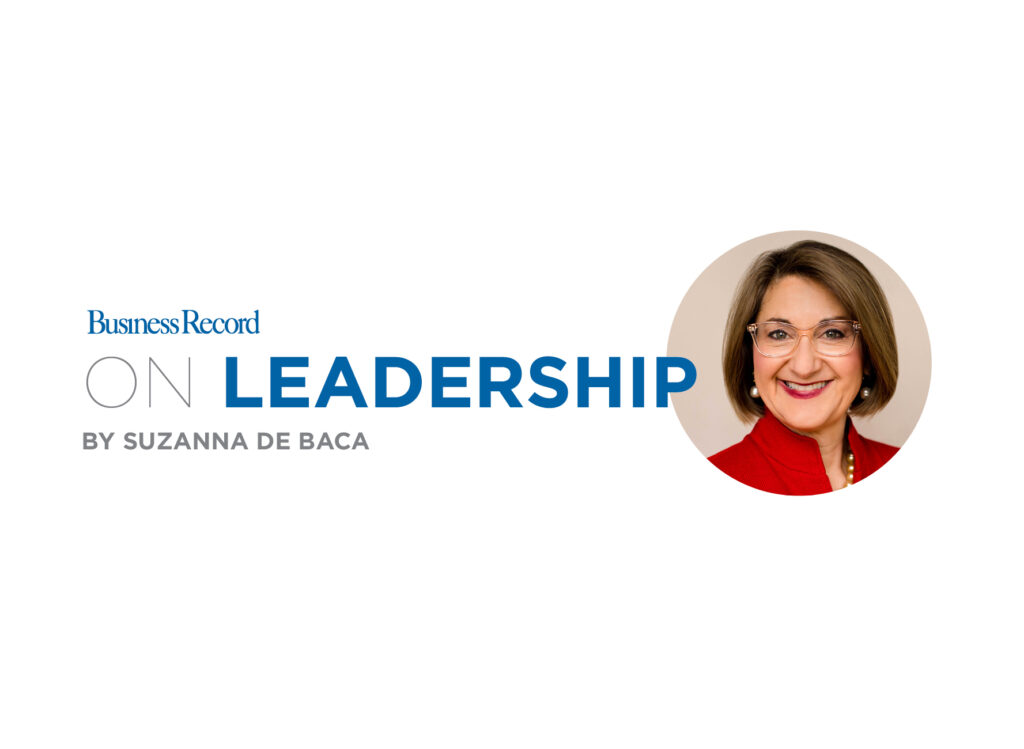COVID chaos

After all this time, you’d think we’d have a better handle on how to deal with coronavirus.
Instead, eight months into the worst worldwide pandemic in 100 years, it is generally accepted that the United States’ handling of COVID-19 is among the worst of any major countries.
And Iowa – a state that takes pride in our educational system, the ability of our people to innovate and the overall common sense of our citizens – has one of the worst records among the 50 states when it comes to protecting people from the pandemic.
Early last month, Iowa led the nation in the number of new infections per capita, and as recently as last week, we had the 10th-highest rate of infection in the country, well ahead of such early hot spots as New York and California.
According to the website Statista.com, as of Oct. 1 Iowa’s infection rate of 2,873 per 100,000 population was more than double that of Rust Belt states like Michigan (1,382), Ohio (1,317) and Pennsylvania (1,282). Iowa was also higher than any of our neighbors – South Dakota (2,531), Nebraska (2,355), Illinois (2,334), Wisconsin (2,100), Missouri (2,065), Kansas (2,027) and Minnesota (1,758).
As I looked at the numbers, a curious pattern emerged. Nine of the states with the highest infection rates are led by Republican governors. Only Louisiana, which had the highest infection rate, has a Democrat governor.
The disease, however, is nonpartisan. There are leaders of both parties who have performed well and others who have exacerbated problems.
So let’s look at something that might help. Let’s look at a nation that has taken actions that produced positive results.
On Sept. 25, the Wall Street Journal carried a story headlined “How South Korea Successfully Managed Coronavirus.”
“The key to South Korea’s success,” the article said, “came from blending technology and testing like no other country” with “centralized control and communications and a constant fear of failure.”
“When the supply of face masks ran short early on in the crisis, the government seized production,” the Journal said.
“Nearly everyone in the country wears masks,” it continued. “Every confirmed patient, even those with mild symptoms, gets isolated at hospitals or converted dormitories run by the government. Treatment is free.
“As a result, South Korea never had to mandate a lockdown, so restaurants and business were able to stay open, cushioning the blow to the economy.”
South Korea is about the size of Indiana and has a population, 51 million, larger than California.
Initially, it experienced the largest outbreak outside China “after a mega cluster linked to a mega church … emerged on Feb. 18,” the Journal article said. But after that, “the government made a flurry of moves and pressed residents to wear face masks and maintain social distancing. Cases peaked in 11 days.”
Infections remained low until a second outbreak in August, also associated with a large church. That outbreak peaked with 441 new cases on Aug. 27. “But after two weeks of aggressive social distancing, South Koreans could again head back to schools, gyms and sports stadiums,” the Journal wrote.
The United States, like South Korea, had a plan for containing a coronavirus outbreak. It was written by the George W. Bush administration and expanded during the Obama years. In fact, much of what South Korea did was first proposed by U.S. health officials.
The U.S. plan also called for social distancing, testing and contact tracing, very little of which has been done, and none in a timely manner.
A Sept. 29 video report by the New York Times attempted to explain why the United States, with 4% of the world’s population, has 20% of COVID-19 deaths.
“We did not learn from our mistakes. We just doubled down and then gave up,” concluded Nicholas Kristof of the Times.







